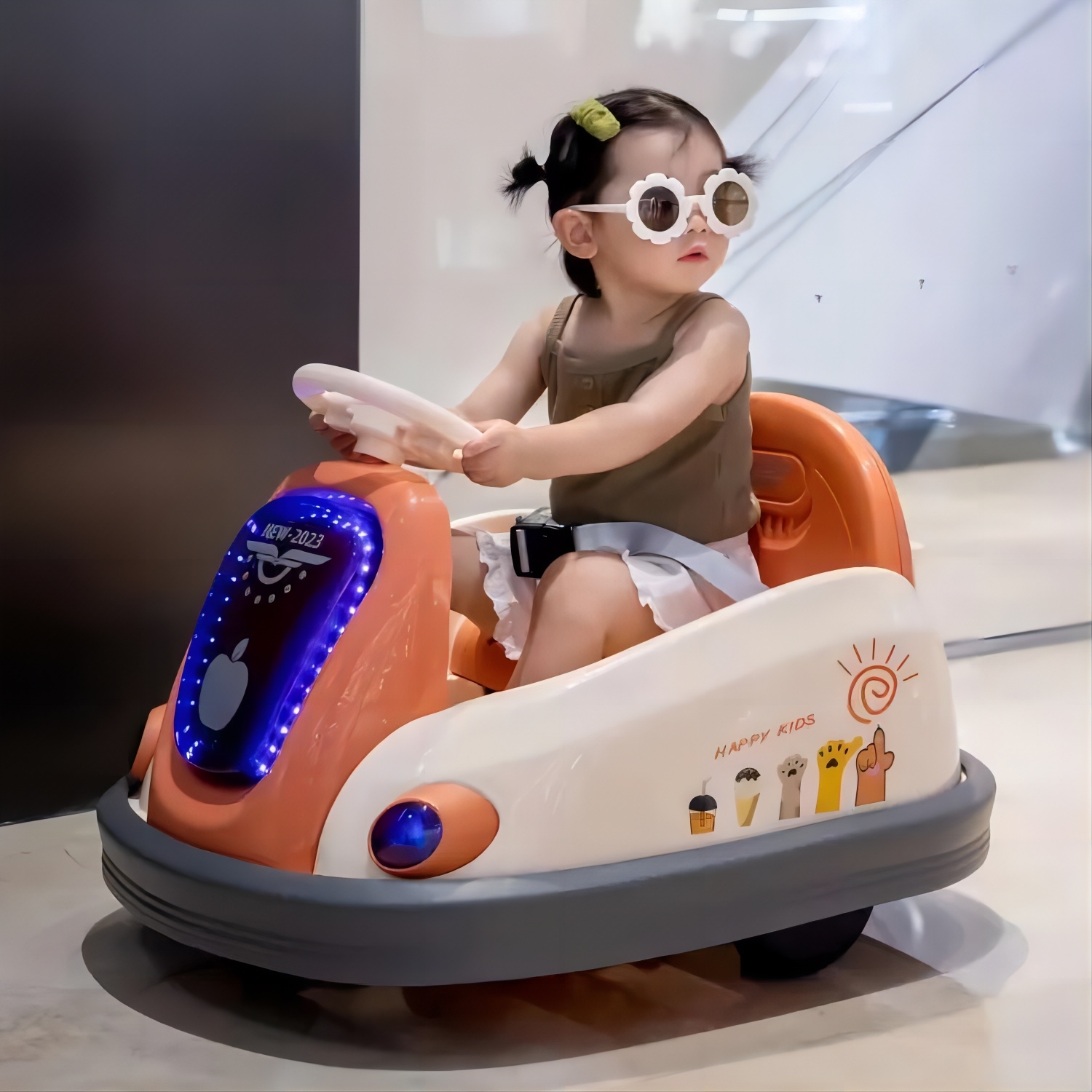when to get baby walker
When to Get a Baby Walker A Comprehensive Guide for Parents
Choosing the right developmental tools for your child is one of the most important decisions parents make in the early stages of life. Baby walkers often find themselves at the top of the list for many parents who want to encourage mobility and independence in their little ones. However, the question remains when is the right time to introduce a baby walker to your child's routine?
Understanding Developmental Readiness
Before purchasing a baby walker, it is essential to understand developmental milestones. Generally, babies are ready for a walker when they can sit up independently, usually around six to eight months of age. At this stage, they possess the strength and coordination necessary to use the walker safely. However, it’s important to note that while many parents introduce walkers at this age, the American Academy of Pediatrics (AAP) suggests that walkers may not be the best option for promoting mobility.
Safety First
Before you decide to invest in a baby walker, it is crucial to consider safety. Walkers can create potential hazards around the home. They increase mobility, but they can also enable babies to reach areas that are unsafe, such as stairs or hot surfaces. Some walkers can roll away quickly, leading to falls or accidents. It’s vital to supervise your child at all times when they are using a walker and ensure that your home is baby-proofed, removing any potential hazards from their reach.
Alternatives to Baby Walkers
when to get baby walker

While baby walkers can be enticing, there are several alternatives you might consider to promote walking skills in a safer manner. Exersaucers, sit-to-stand toys, and push toys are excellent choices that can help develop your baby's leg muscles and coordination without the risks associated with traditional walkers. These tools encourage babies to pull themselves up and eventually take their first steps while providing a safe and stable environment for exploration.
Encouraging Natural Development
It's important to remember that not all babies learn to walk at the same pace. Encouraging your baby to play on the floor allows them to develop critical motor skills. Tummy time is crucial for building strength in the neck and shoulders, which is essential for sitting, crawling, and walking. The best way to promote walking is to create a supportive environment where your baby can practice their skills naturally without relying on equipment.
When to Stop Using a Walker
If you choose to use a baby walker, understanding when to stop is just as important. As soon as your baby begins to pull themselves up and cruise along furniture, it is time to transition away from the walker. Prolonged use of a walker can hinder natural walking progression and create dependency on the apparatus. Allowing your baby to practice walking independently is vital for developing balance and coordination.
Conclusion
In conclusion, while baby walkers can be a fun and exciting tool for your child's development, they come with their share of risks and controversies. Timing when to introduce a baby walker depends on your child's individual readiness and developmental milestones. Always prioritize safety, consider alternative options, and encourage natural movement and exploration. By being informed and mindful of your child's unique developmental journey, you can make the best choices for fostering their growth and independence in a safe manner. Happy parenting!
-
Kids battery power car baby four-wheel off-road vehicle children electric toy carNewsMar.07,2025
-
New Hot Design Factory Wholesale Light Weight Small Folding Size Baby StrollerNewsMar.07,2025
-
2022 newest factory boys and girls powerful battery operated 4-wheel ride on electric carNewsMar.07,2025
-
2022 newest factory boys and girls powerful battery operated 4-wheel ride on electric carNewsMar.07,2025
-
Kids battery power car baby four-wheel off-road vehicle children electric toy carNewsMar.07,2025
-
toddler electric atvs manufacturerNewsMar.07,2025
